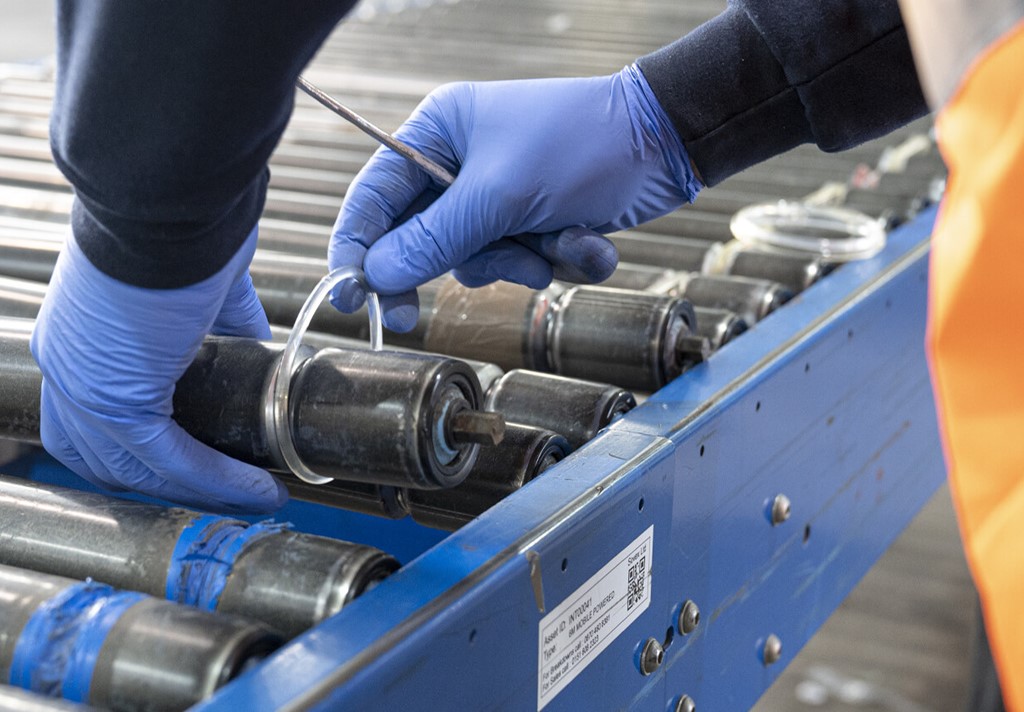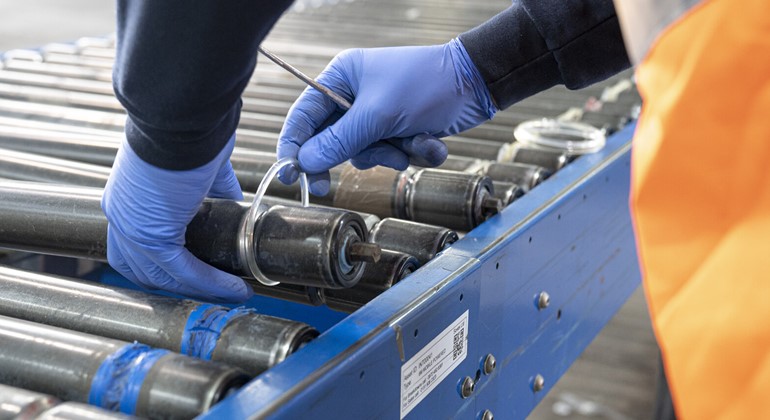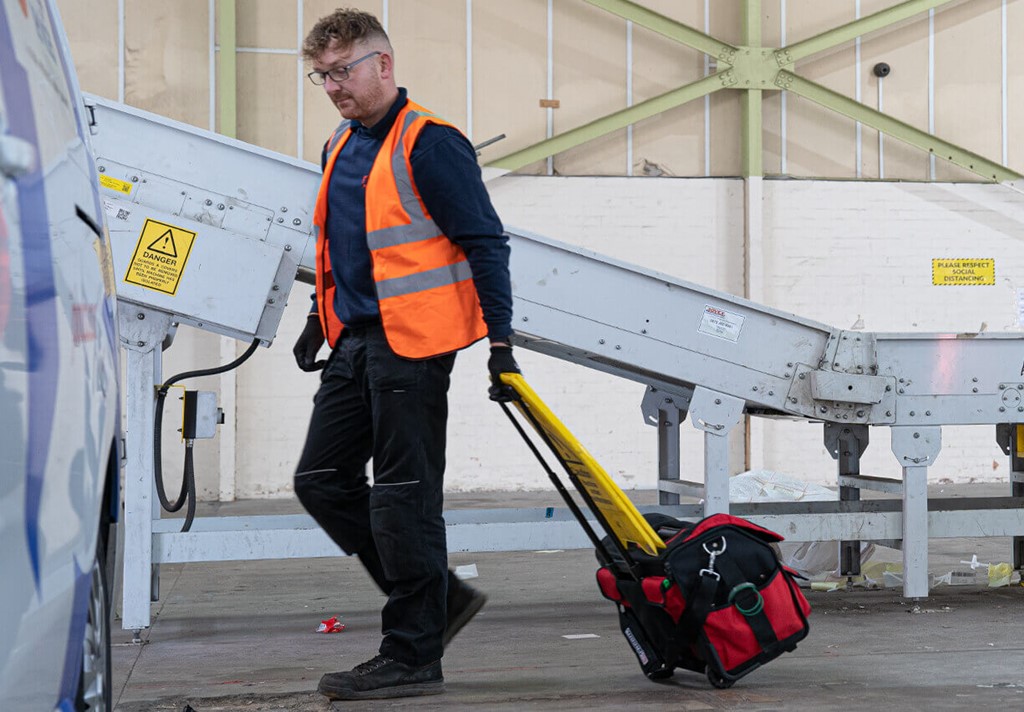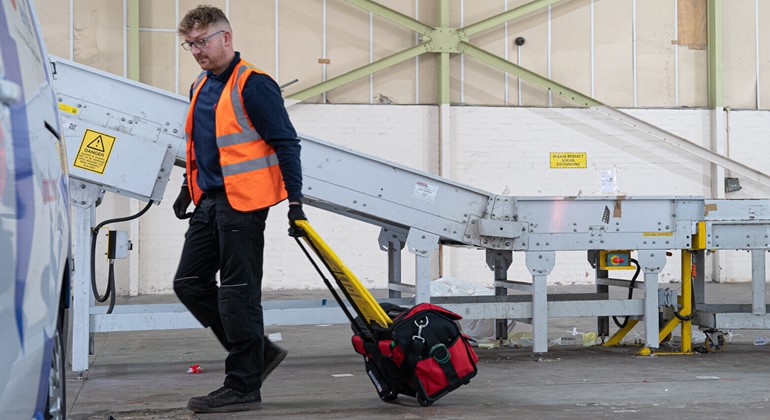Conveyor systems are essential for improving warehouse efficiency and ensuring the efficient movement of goods and materials in various industries, including manufacturing, logistics and distribution. One of the critical factors impacting these systems' overall performance is energy efficiency. This blog post will explore the various factors that affect the energy efficiency of conveyor systems and the strategies and technologies that can be employed to improve them.
Understanding how to optimise the energy efficiency of a conveyor system can reduce costs, improve productivity and boost profits. As an industry leader, we are committed to providing customers with the knowledge and resources they need to make informed decisions about various material handling systems and how to boost their conveyor efficiency.
















